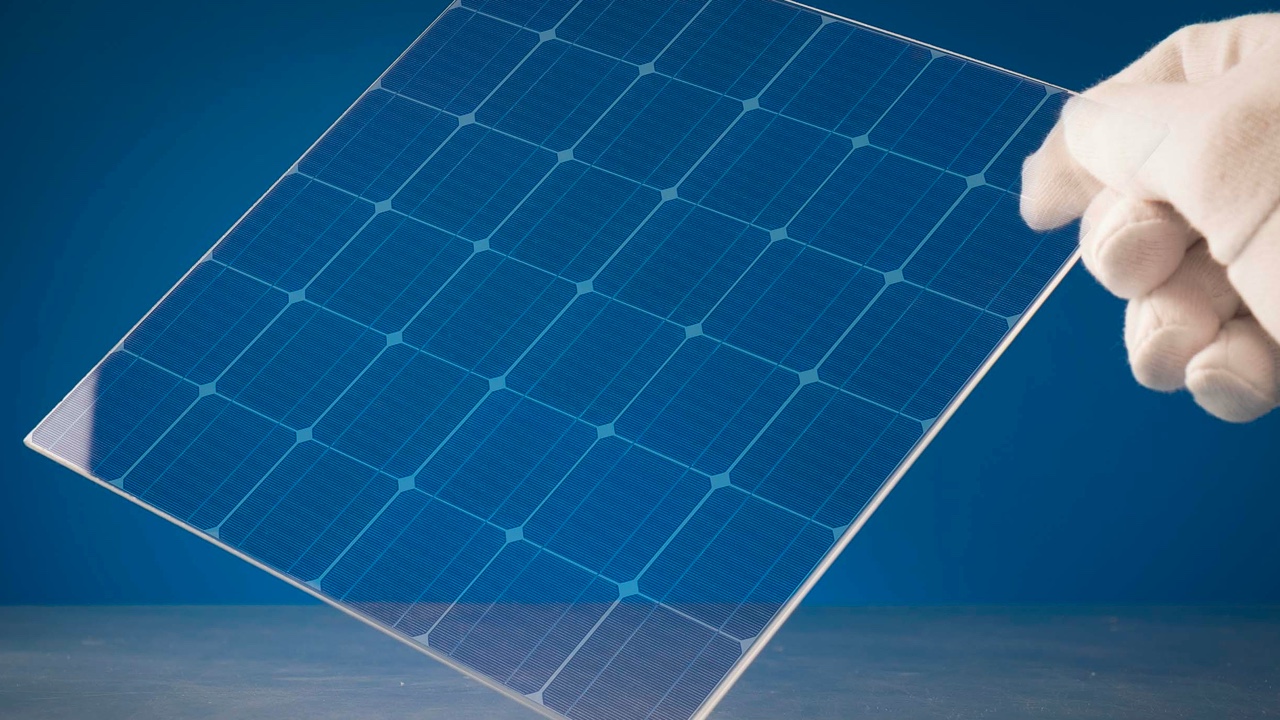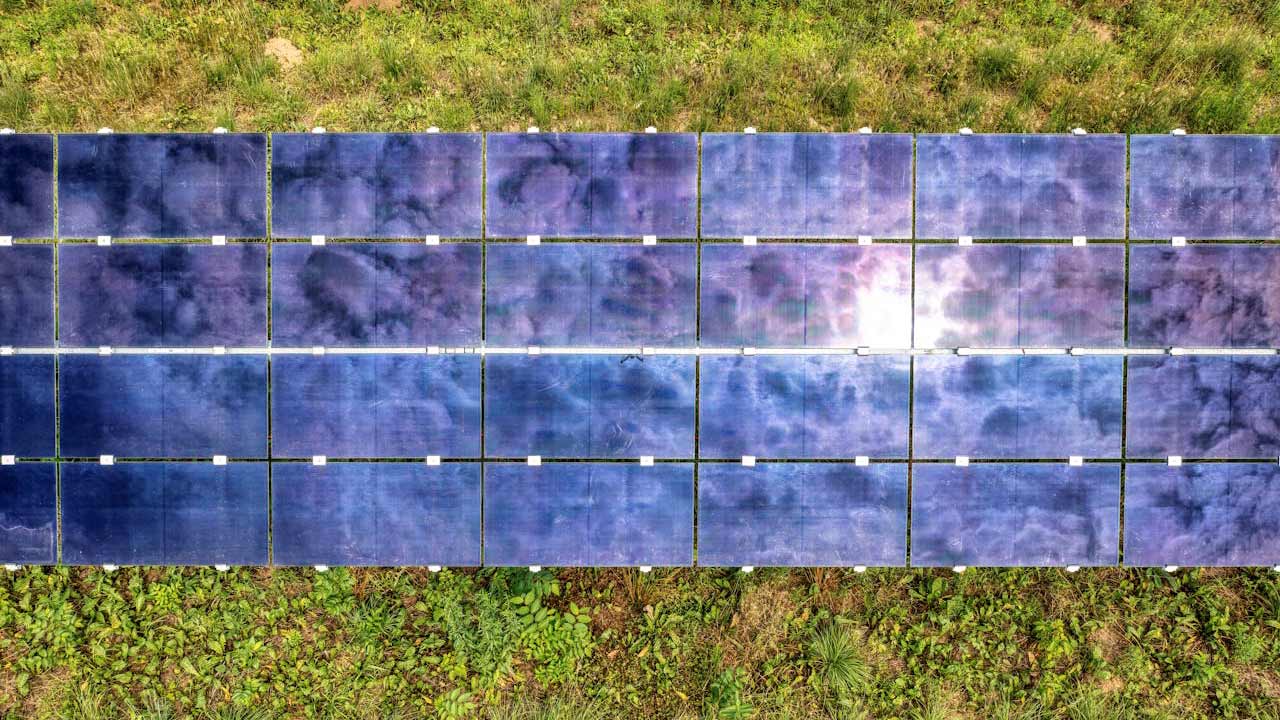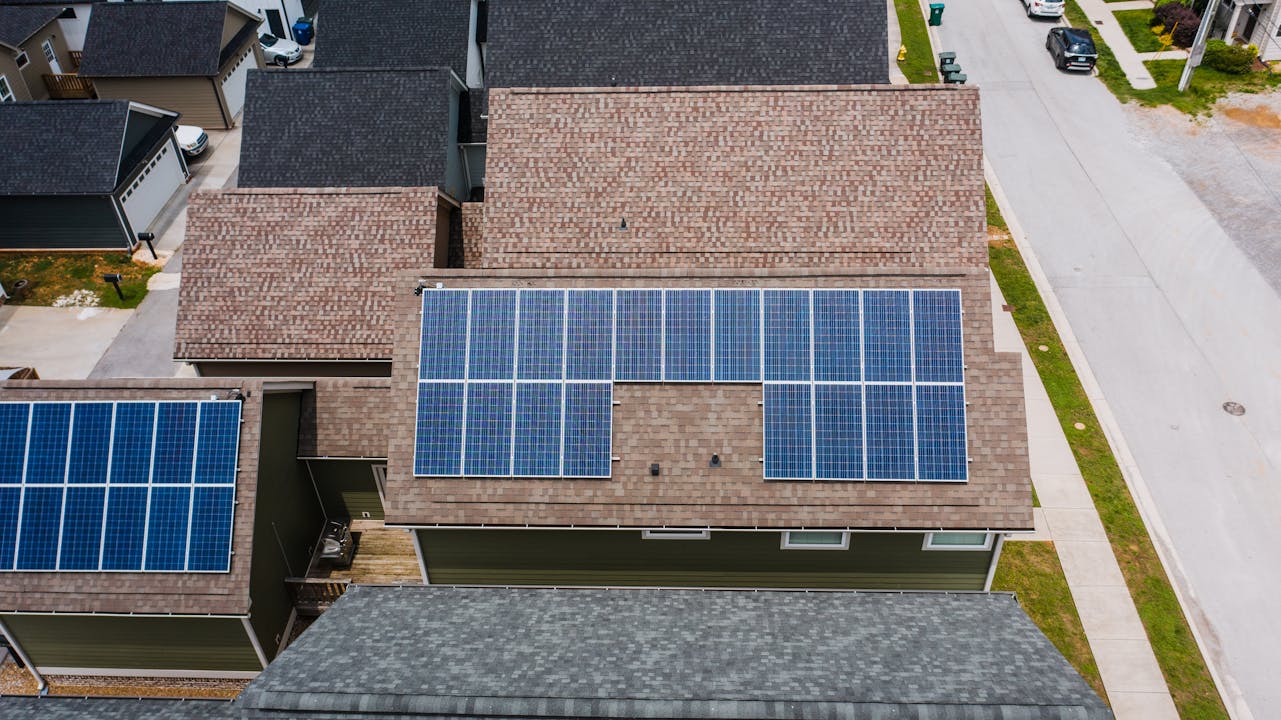
Solar energy has long been a go-to solution for sustainability, but traditional panels have their limitations. They’re big, rigid, and, let’s be honest, not the most visually appealing addition to a building or landscape. This is where transparent solar cells (TSCs) come in, offering an exciting alternative that could transform how we think about solar energy.
Imagine windows, cars, or even wearable devices generating electricity without losing their primary function. That’s the promise of transparent solar cells, especially a new wave of technology called near-invisible solar cells (NISCs). These are designed to be almost entirely see-through while still harnessing solar power. With visible transparency levels reaching up to 79%, they blend right into their surroundings without compromising on energy efficiency. (Source: Tohoku University)
How Do They Work?

The secret behind transparent solar cells lies in advanced materials science. Researchers are using ultra-thin materials like transition metal dichalcogenides (TMDs), known for their ability to absorb light efficiently while being nearly invisible. These materials have adjustable band gaps, allowing them to capture specific parts of the light spectrum.
A team at Tohoku University, led by Toshiaki Kato, made a major breakthrough by combining indium tin oxide (ITO), a common transparent conductor, with tungsten disulfide (WS₂), a photoactive material. By adding thin layers of copper and tungsten oxide, they reduced energy losses and boosted the efficiency of their solar cells. The results? These transparent solar cells achieved a power density of 13 milliwatts per square centimeter—on par with traditional, opaque panels—and an average visible transparency of 79%. (Source: Tohoku University)
However, scaling up the technology wasn’t straightforward. Larger cells initially lost efficiency due to voltage drops. Researchers fixed this by tweaking the dimensions of individual components, allowing them to build a one-square-centimeter solar cell that generates 420 picowatts while staying nearly invisible. (Source: Tohoku University)
Where Can We Use Them?

The potential applications for transparent solar cells are huge. Here are just a few ways they could change the game:
Architecture
Think about skyscrapers covered in glass. Instead of being just a structural element, those windows could double as energy generators, providing power without altering the building’s appearance or reducing natural light. (Source: Intelligent Living)
Electric Vehicles
Transparent solar cells could be integrated into car windows or body panels. This could give electric vehicles an extra energy boost, extending their range and cutting down on charging needs. (Source: Intelligent Living)
Wearable Tech
Fitness trackers, smartwatches, and even medical devices could use transparent solar cells for power. Future versions might even work on human skin, powering implants like pacemakers or glucose monitors. (Source: ScienceDirect)
Gadgets
Smartphones and tablets could replace traditional glass screens with transparent solar cells, creating self-charging devices. Imagine never needing to hunt for a charger again because your screen takes care of it. (Source: Intelligent Living)
Challenges and Future Potential

Despite the exciting possibilities, transparent solar cells aren’t ready to take over just yet. One big hurdle is durability. These cells need to withstand years of exposure to sunlight, weather, and wear and tear. Manufacturing at scale is another challenge—creating these advanced materials with consistent quality isn’t easy. (Source: ScienceDirect)
Then there’s the cost. Materials like TMDs are pricier than the silicon used in traditional panels, though ongoing research is focused on finding cheaper alternatives. As these issues are addressed, the technology will become more accessible and practical for widespread use. (Source: SolarSME)
A Bright Future for Solar Energy

Transparent solar cells represent a fresh way to think about renewable energy. Instead of bulky, standalone panels, we could see solar tech seamlessly integrated into everyday life—from buildings and cars to personal gadgets. The work being done by researchers like Kato and his team shows just how far we’ve come and what’s possible when science and sustainability come together.
While there’s still work to do, the potential is undeniable. As this technology matures, we might look around one day and realize that solar power isn’t something we see—it’s just part of the world around us.